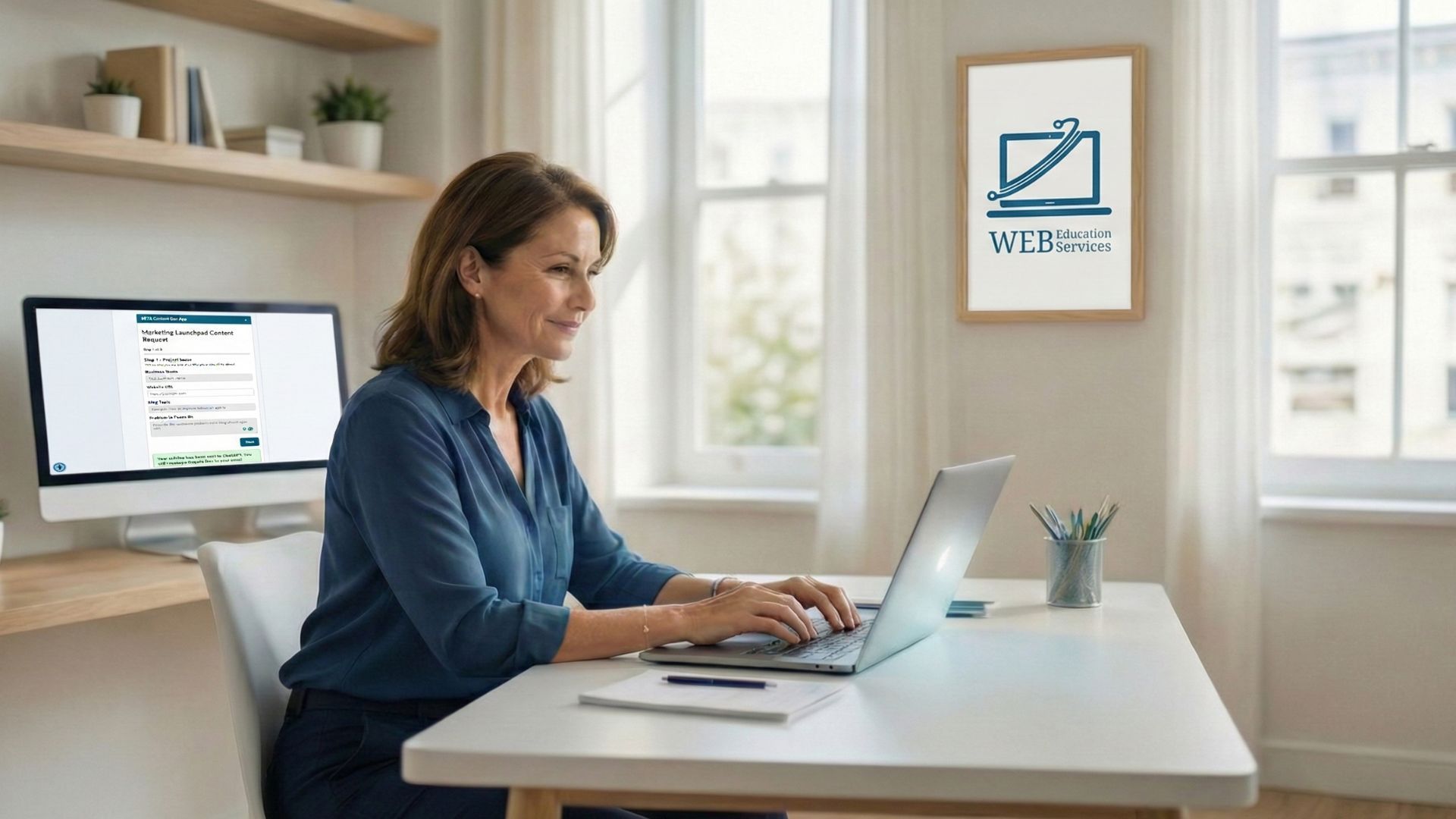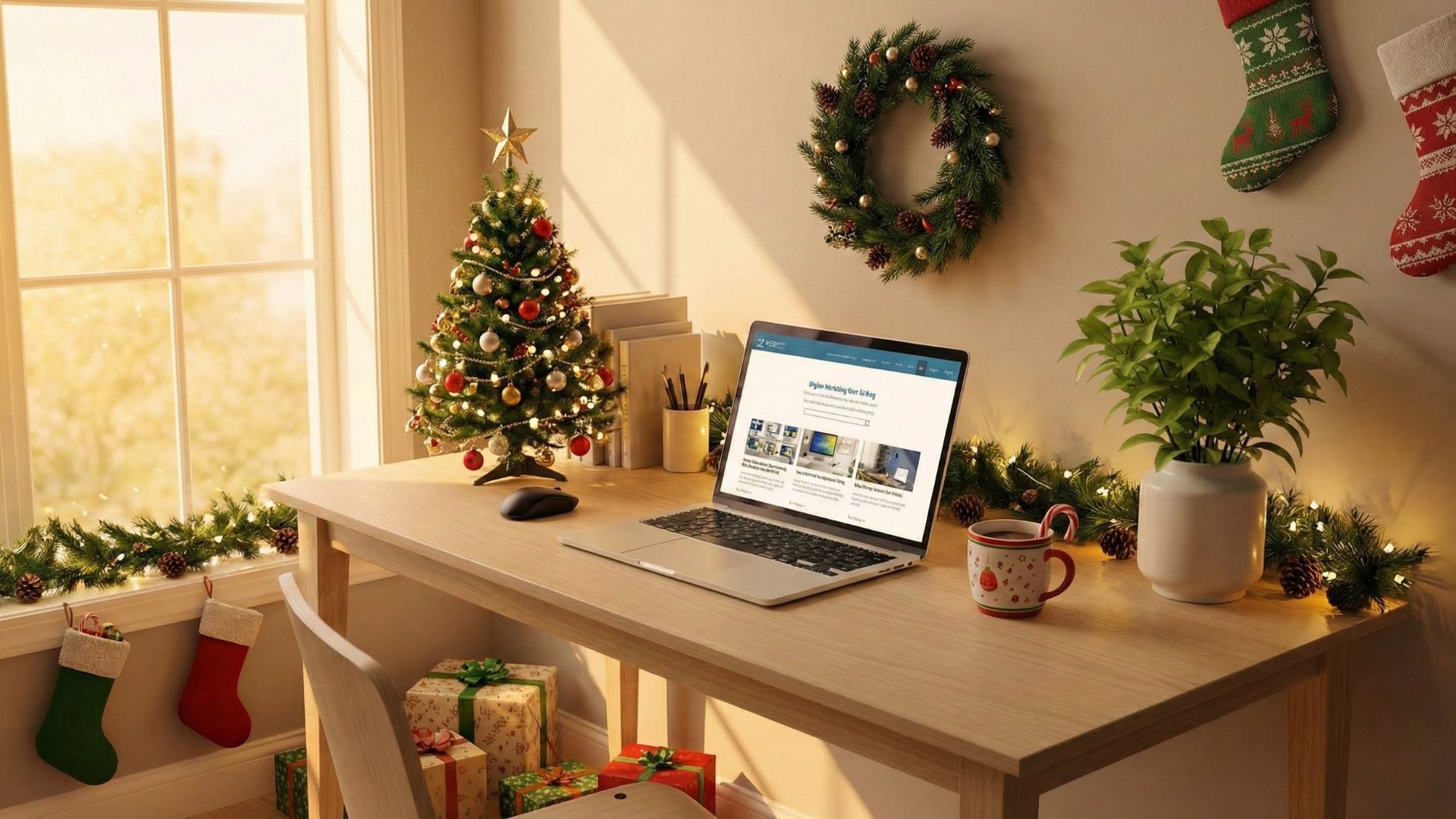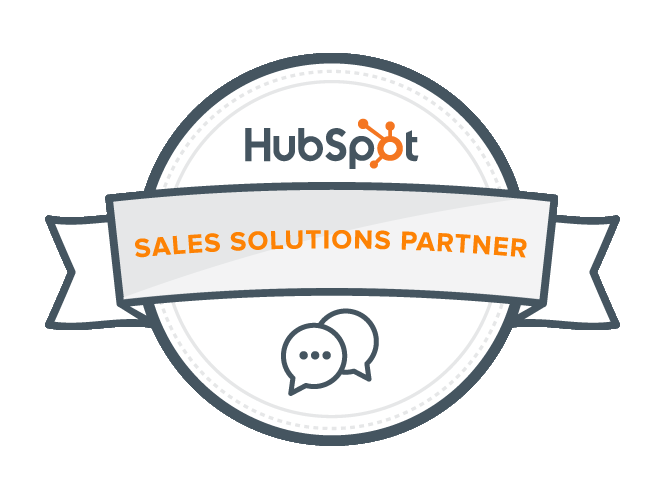I hope everybody's having a great week. I just wanted to share with you how to set up a Facebook ad. it's been the first step for a ton of the clients that I've been onboarding, and they typically tend to be a little bit afraid of going through the steps. So, I wanted to give you a video that goes through the steps. The first thing you're going to need to do is to log into Facebook. Go to the drop-down menu to the right. Click on advertising. Go ahead and click on create the ad.
This will take you into your ads manager. You get started by setting up the campaign. The first thing you want to consider in your campaign is... do you want to drive traffic. You want engagements like likes and shares. Do you want somebody to install your app. do you want people to watch your video. Do you want lead generation where you want people to fill out forms directly on Facebook, or do you want to get people to talk to you on messenger? We're going to start with traffic. This is going to be a primary awareness campaign that's going to be able to drive visitors to your website from Facebook. Because this is an awareness campaign, we're going to name the campaign awareness.
Go ahead and click on set up an account. We're going to set up your ad account. This is a simple selecting your currency country and time zone. Next, we're gonna set up the ad set. Ad set is really all about your target audience. For us, we're going to be targeting Pinellas County business owners. Next, we're going to create a custom audience. We're going to do this by getting rid of the target of the United States and adding in a target location of Pinellas County.
Next, we're going to want to make sure that we accept the privacy policies of Facebook. After we've accepted the policies, we can now set our target age range and gender. Lastly, we want to get into some detail targeting for us we're going after business owners, so we're going to select things like job title a business owner interests of business owners small business CEO and other targets.
This detailed targeting will ensure that we get in front of the right audience with the right ad. we can also save this audience for later use in other ads. We're just going to call this audience WES Demo Business Owners Pinellas County.
Next, we're going to set our daily budget. We suggest anybody getting started to set a daily budget of $5. Next, you're going to set up your ad. we suggest naming the ad-based off the objective and then based off of the creative that you're going to load into the ad itself. In this case, we're going to name awareness traffic get to Noah's video. Because this is a video, we're going to select a single image or video. We're going to click on add media, and we're going to add the video. We're going to upload this video from our desktop. After you've loaded the video, write your primary text. The primary text is the text that appears above the image or video.
Next, add a headline. The headline is going to be the text that appears in bold underneath your video or image. Lastly, add a description. The description is going to be the unbolted text that is underneath the headline. Once you've added your text headline and description, add your target link. This is going to be the link that you want to send your traffic to. Sometimes it's the home page. Sometimes it's a specific internal page. Next, you want to send set your URL parameters. In this case, the campaign source is Facebook. The medium is a paid social ad, and then the campaign name is going to be the name of your campaign.
It looks like our video is finished uploading, so what we want to do is go back and add captions. We do this by clicking on edit video and then click on captions under the text. Click on Auto-generate, and Facebook will automatically create the text from your video. Make sure to go through and read it all and review it to make sure it's correct.
Click on the saved video. Next, you're going to want to set your thumbnail. Go ahead and click on a thumbnail. Customize it and choose from one of the thumbnails provided. If you don't like anything that's provided, you can always click on upload and upload your own custom thumbnail.
Next, we're going to set our call to action. In this case, the call to action is already set to learn more. This is a great button for the video that we uploaded. Lastly, we want to click on confirm to save our ad.
Next, you're going to be s putting your credit card information. We assume you know how to do that. And there you have it in under five minutes. Your first ad is up and running. Make sure to share this with your friends, and if you want us to help walk you through setting up your Facebook ads, I can usually do it in a single session, so feel free to schedule with us at any time you.
